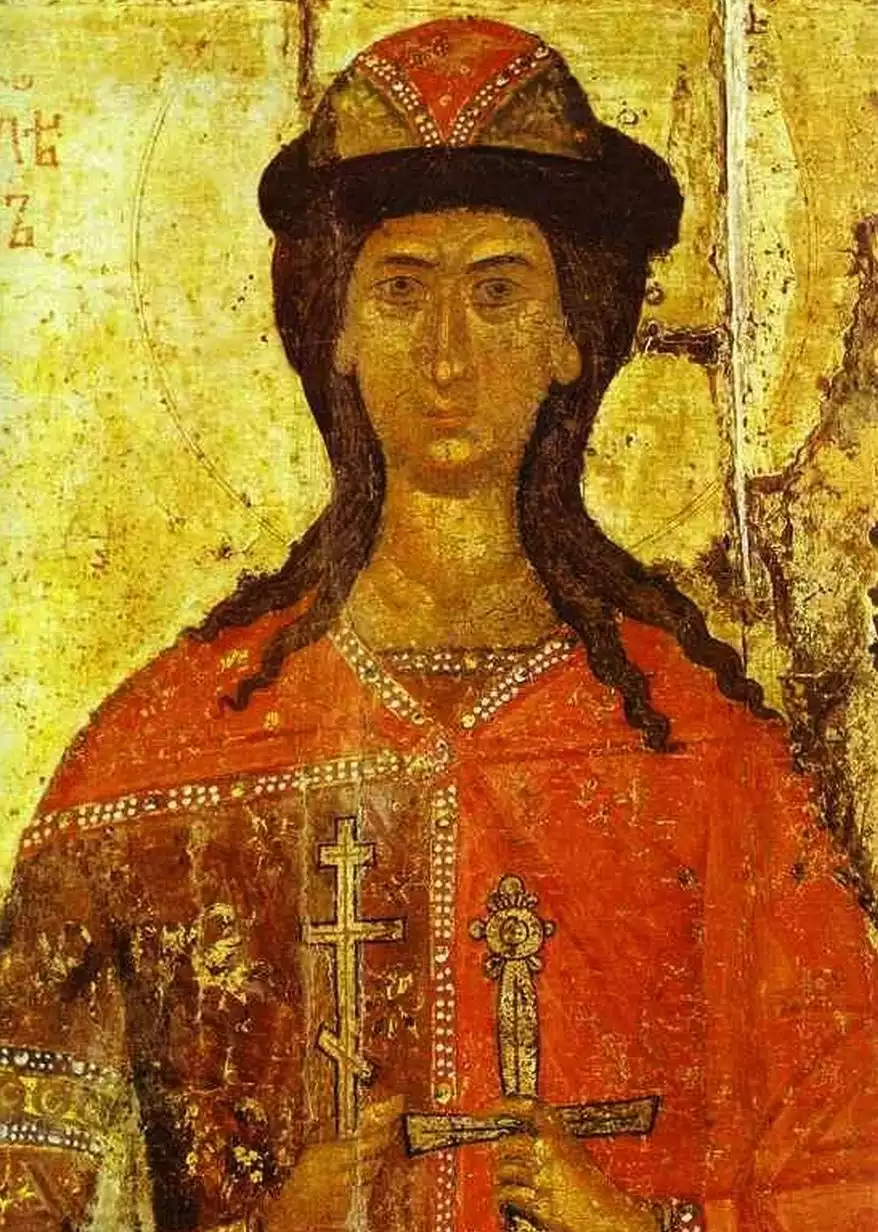
In the realm of Orthodox iconography, the Yaroslavl Icons emerge as a remarkable and unique artistic tradition. Originating from the Yaroslavl region in Russia, these icons are celebrated for their distinctive style, a fusion of spiritual depth and artistic elegance.
The Historical Context and Artistic Evolution of Yaroslavl Icons
The Yaroslavl region, nestled in the heart of Russia, has long been a crucible of cultural and spiritual development. It is here that the Yaroslavl Icons, a significant aspect of Orthodox Christian art, took shape. The emergence of these icons dates back to a period of rich artistic expression, deeply intertwined with the religious and cultural fabric of the time.
During the Christian era, particularly in times of peace and spiritual revival, the art of iconography flourished. Yaroslavl Icons are a testament to this flourishing, embodying a unique synthesis of spiritual symbolism and artistic innovation. Unlike other regional styles, these icons are characterized by their vivid color palette, intricate details, and emotional expressiveness. The artists of Yaroslavl, while adhering to the traditional canons of Orthodox iconography, infused their work with a distinct local flavor, setting these sacred images apart from their contemporaries.
The stylistic evolution of Yaroslavl Icons is marked by a gradual shift from the solemn and austere Byzantine influence to a more humanized and approachable depiction of sacred figures. This transition reflected a broader shift within the Orthodox Christian artistic tradition, moving towards a more personal and emotionally resonant form of spiritual expression.
In this chapter, we explore the origins and development of Yaroslavl Icons, delving into the historical backdrop that shaped their creation. We examine the distinctive features that define these icons, from their color schemes and composition to the symbolism embedded within their imagery. The journey through the artistic landscape of Yaroslavl reveals not only the beauty of these icons but also their profound impact on the religious and cultural identity of the region.
Symbolism and Influence of Yaroslavl Icons
The Yaroslavl Icons are not just artistic masterpieces; they are imbued with deep symbolism and spiritual meaning. Each icon, crafted with meticulous attention to detail, serves as a window into the divine, offering a visual narrative of religious stories and saints’ lives. The use of symbolic colors, such as deep blues representing the divine and reds signifying humanity, adds layers of meaning to these sacred images. Moreover, the portrayal of saints and biblical figures in Yaroslavl Icons reflects a unique blend of realism and idealism, capturing both their earthly virtues and heavenly glory.
The influence of Yaroslavl Icons extends beyond the boundaries of art. They have played a pivotal role in the spiritual life of the Orthodox community, serving as objects of veneration and aids in devotional practices. Furthermore, these icons have had a lasting impact on the development of Russian art, inspiring generations of artists with their blend of spiritual depth and artistic finesse.
In conclusion, the Yaroslavl Icons stand as a testament to the rich heritage of Orthodox Christian art. Their unique style, profound symbolism, and historical significance make them an invaluable part of not only Russian but also global cultural and religious history. These icons continue to inspire and evoke a sense of spiritual connection, bridging the gap between the divine and the earthly, and enduring as a symbol of faith and artistic brilliance.
References
Dmitriev, Mikhail. “Yaroslavl Icons: A Study in Art and Faith.” Moscow University Press, 2015.
Ivanova, Anna. “Orthodox Iconography of Russia: The Yaroslavl School.” Heritage Publishers, 2018.
Vasiliev, Natalia. “Yaroslavl Icons: Windows to Heaven.” Prestel Publishing, 2016.
